In June 2008 I visited the Fashion Department and the MoMu (Fashion Museum) with a group of selected students of our school. These students did their profile study on fashion so their art teacher organized this excursion. He asked me to be the second supervisor of the group. Although I thought I had not much up with fashion, the visit quite interesting. I think the very personal presentation was by Linda Loppa. I was surprised that quite a few names dropped, like Jean Paul Gaultier and Dirk Bikkembergs, were not known by our students, but were common names by me. The excursion also concluded with a very impressive visit of the MoMu with an exposition by Veronique Branquinho.
Photo's taken during my visit to the MoMu in June 2008
During the excursion I asked our guide about Annelies Braeckman, as I had bought her designed G-Shock. Although the name did ring her a bell, she couldn’t tell me more. I think it was a little too early, because it was a year before she launched Frankly. The MoMu now has an on-line inventory. Several products of the Frankly line are now part of the collection. Since the guide noticed my interest, she gave me the tip to follow Diana Pernet’s weblog, called “A Shaded View on Fashion”. A tip I gladly like to pass on here.
Photo: Annelies Braeckman
Photo: Greetje Buggenhout
Taken form Feeling Magazine September 2013
Annelies Braeckman graduated from the Royal Academy in 1996 and started working for several established fashion designers, like Martin Margiela and Dries van Noten. Japan does pretty much love Belgian fashion designers. Annelies Braeckman has designed clothing line for the famous fashion retailer United Arrows, who by the way also sold her G-Cool models. Since 2009 she has her own collection, called “Frankly”. Her designs are what the name already indicates. Honest and pure designs, without unnecessary fringes, but still designed in a way that it drapes a little different.
Photo's fron an auction on Yahoo Japan, showing the Japanese package and tag.
The "Royal Academy of Fine Arts" model of the "Antwerp-Tokyo Collection", designed by Nico Van De Vorst.
The G-Cool, designed by Annelies Braekman, was released in December 1997, a year after she graduated from the Royal Academy of Fine Arts. As in Japan there was also a "Antwerp- Tokyo Collection" G-Cool series released that promotes the Royal Academy a few months earlier, I assume that Annelies Braeckman was asked to designed her version for this series for the same purpose.It’s not a real surprise Casio and the Fashion Department of Antwerp work together for G-Cool models. The G-Cool series were primarily intended to bring the tough and indestructible look of G-Shocks to a more modern streamlined fashion designed style, so it could be worn on the catwalks.
This G-Cool is based on the basic GT-000. The earlier “Royal Academy of Fine Arts” model has the similar case, but a simpler 1595 module. This model comes with the more sophisticated 1514 module. Outside Japan it is sold with a 1524 manual. There is a little leaflet inside the manual, explaining that the only difference is that the 1514 module also has Katakana characters.
A remarkable mode on this watch is the Vital Statistics. Here you can input your name, date of birth, blood group, license number, passport number and credit card number, although I think it’s not very smart to input your credit card details in your watch. There are also two slots free for own use.
Furthermore you find a simple Alarm mode with a Daily Alarm and a Hourly Chime on board and a 24 hour Stopwatch mode. The Telememo mode, Schedule mode and Vital Statistics have taken the place for the usual Countdown Alarm. With the excessive Schedule mode, it’s of course also possible to program the end time. The G-Cool series have not been very popular (except the Pininfarina models maybe). That’s why you still can find these models pretty easily around the globe. I have bought this model about a month ago from a US based eBay shop, from who I had bought several G-Shocks in the past. As this watch came in an old basic blue Casio box, I assume this is a “refurbished” model. This means mostly that this “New Old Stock” model has been fitted with a new battery and has been checked by qualified personnel if the water resistance still applies. In Japan these models were sold in a paper box with the similar dotted design as found on the strap. Outside Japan it was sold in the, then common, clear plastic G-Cool container. While some G-Cool models by the way are Water Resistant 100 M only, this model is water resistant for the usual 200 meters (20 BAR). I paid less than $50 for this watch (ex shipping). I found out I paid $55.- (incl. shipping)for the blue version seven years ago in from a private seller in Singapore. While probably many collectors don’t think this is an interesting model, I pretty much like it. That’s probably because I know more of the backgrounds. After writing this article I might open the hunt to a GT-001AT “Royal Academy for Fine Arts” model. Although it has a simpler module, it has a great backlight, showing the symbol of Antwerp, a hand. That seems a nice new challenge.




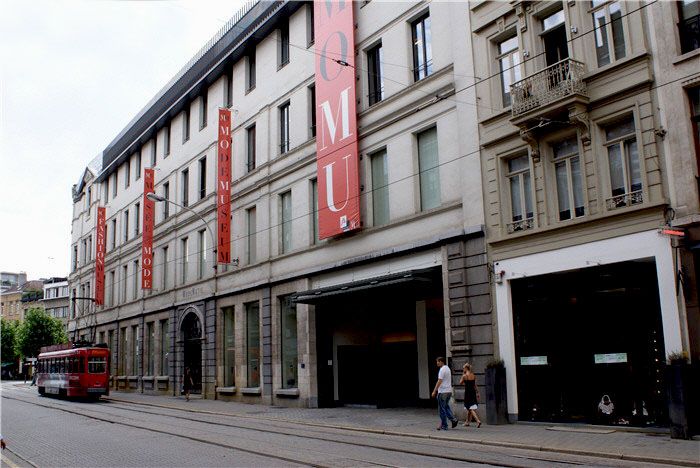
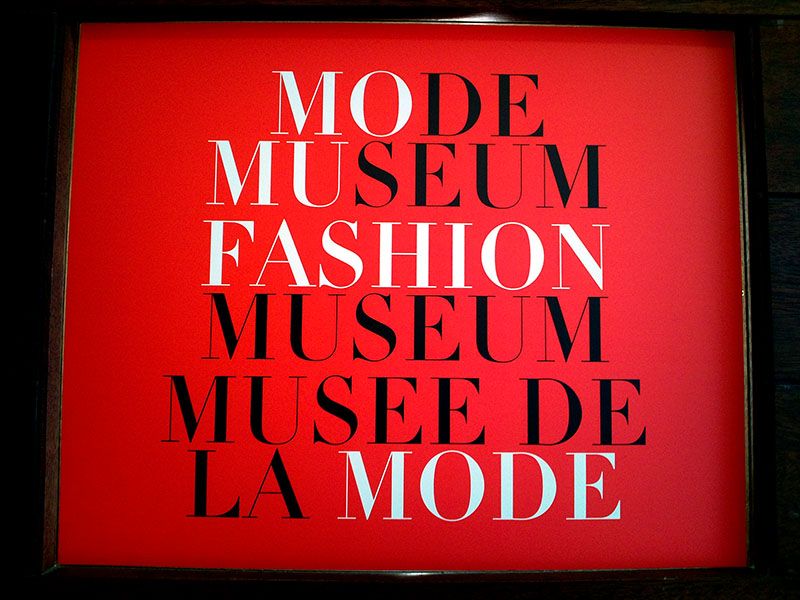




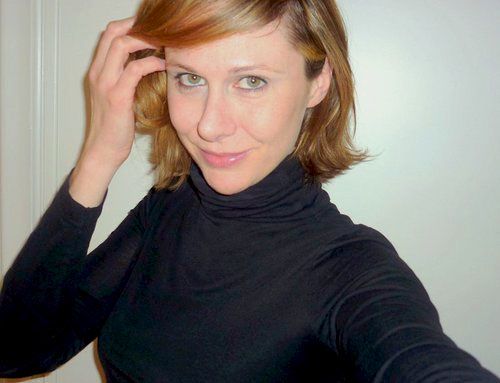
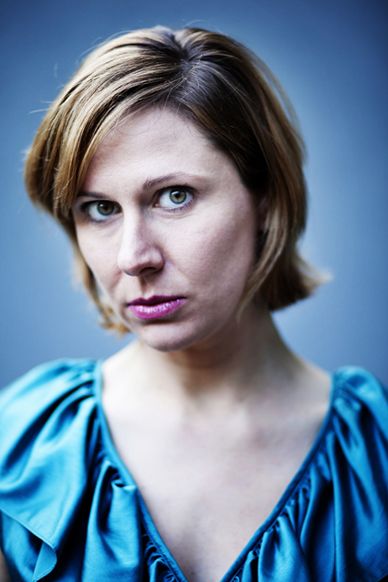
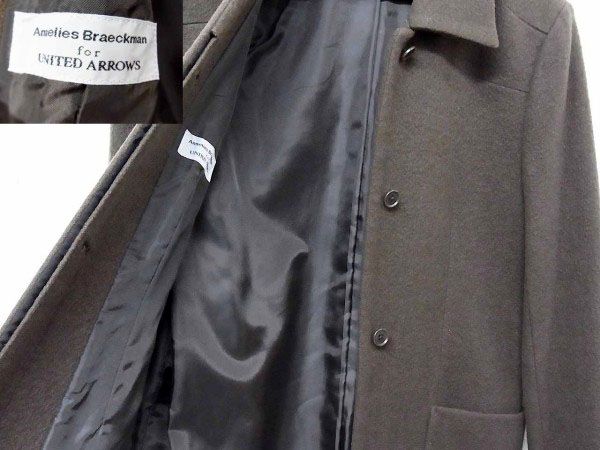
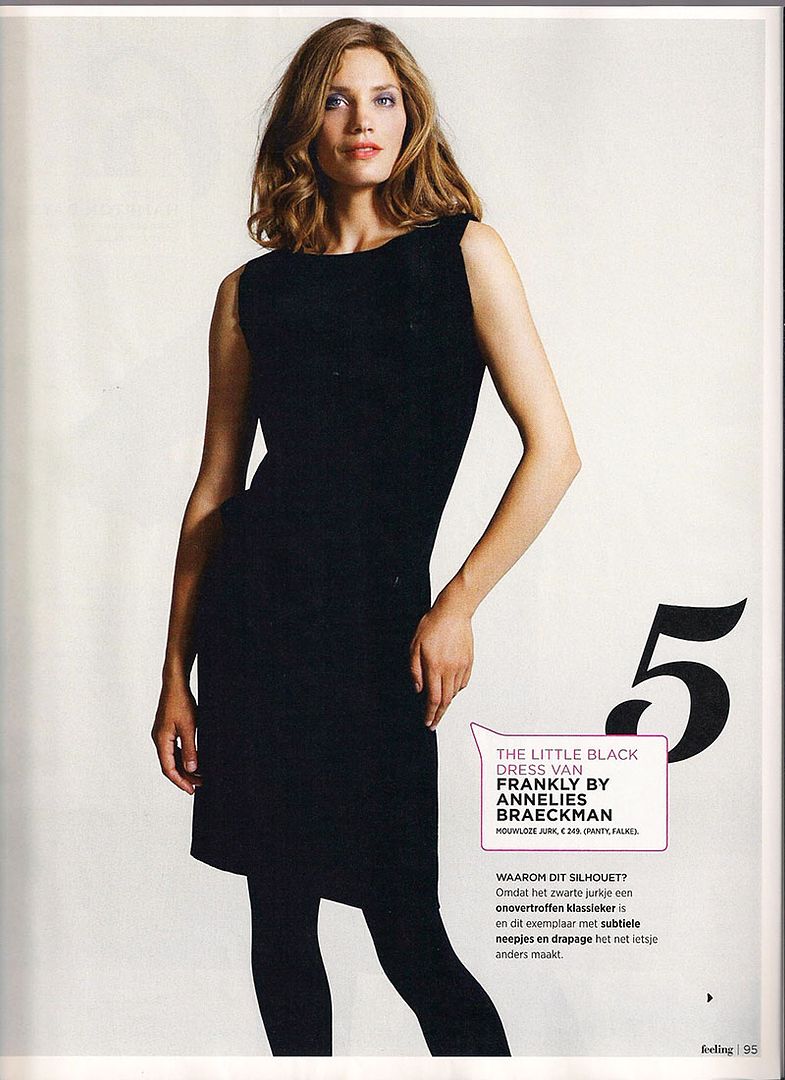
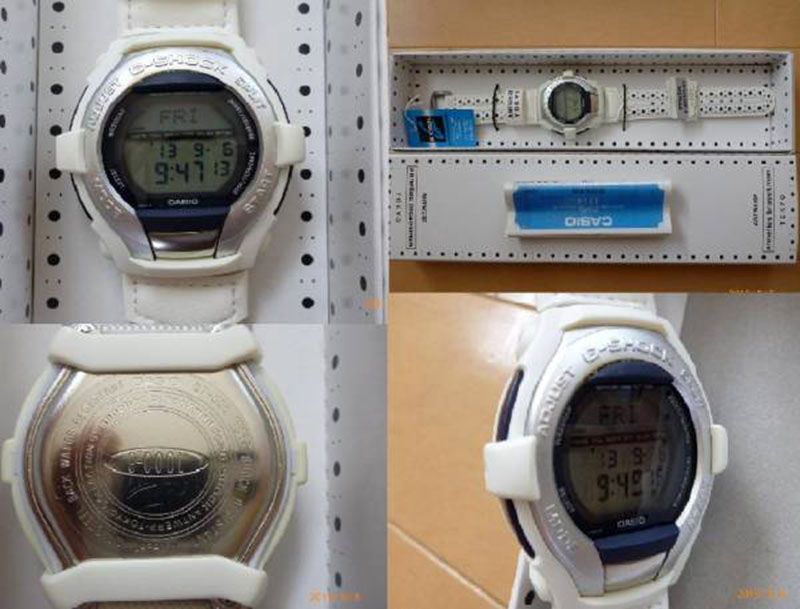
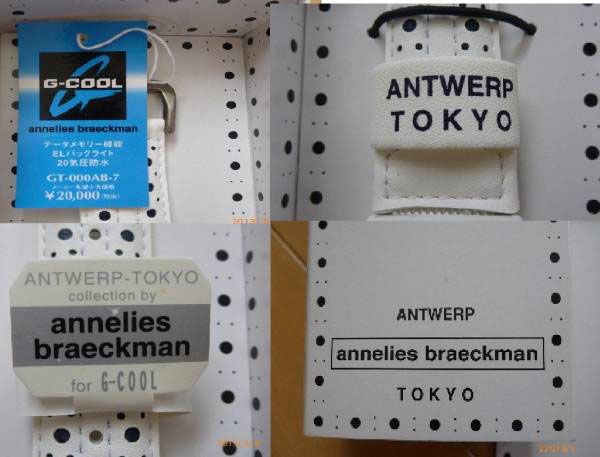
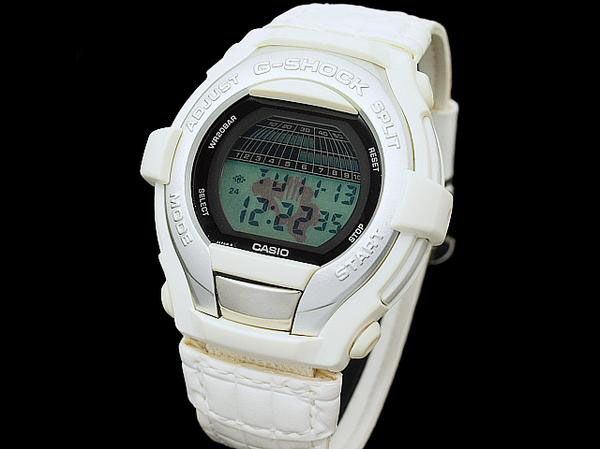

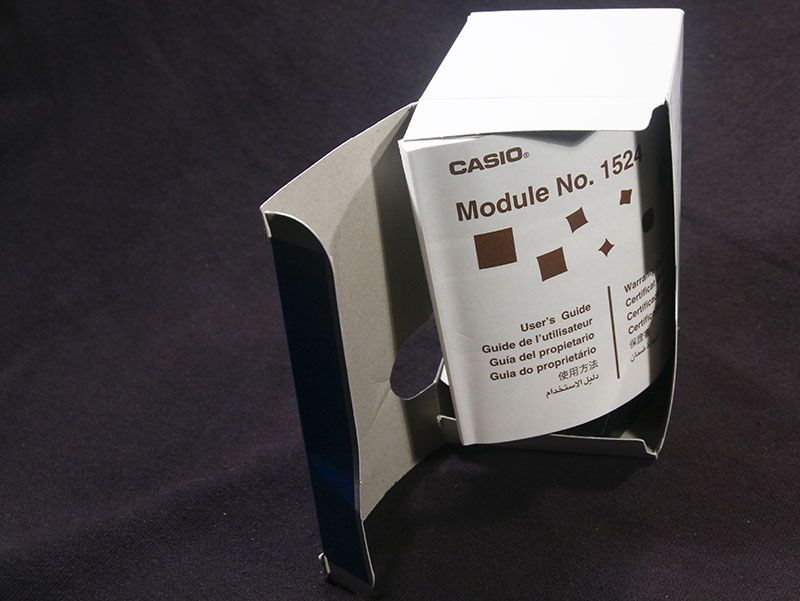
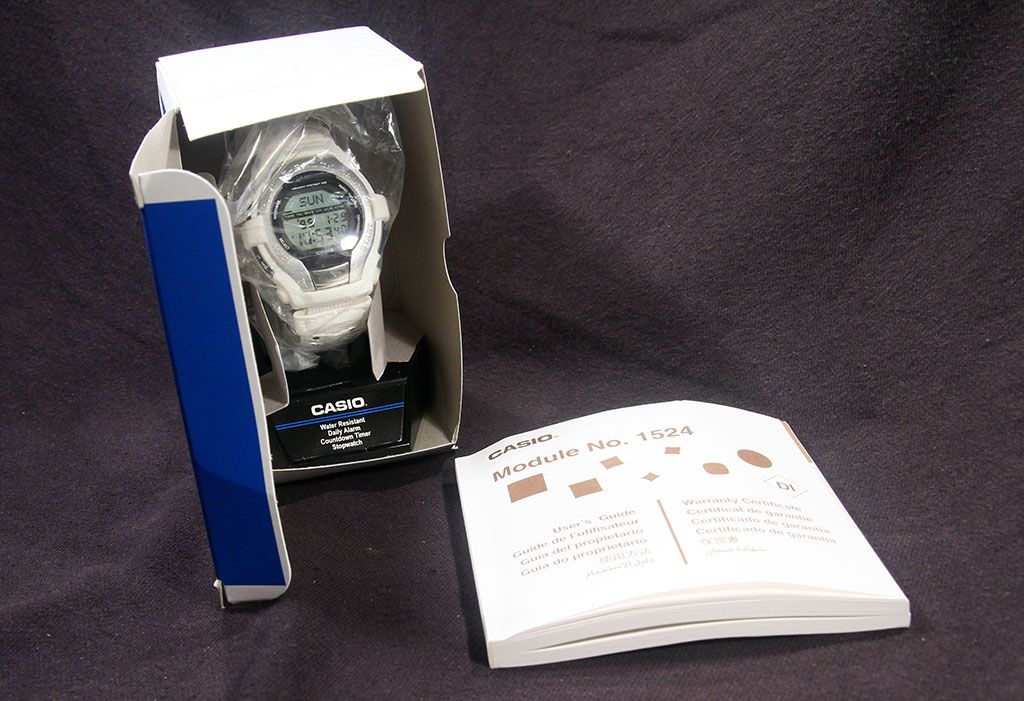
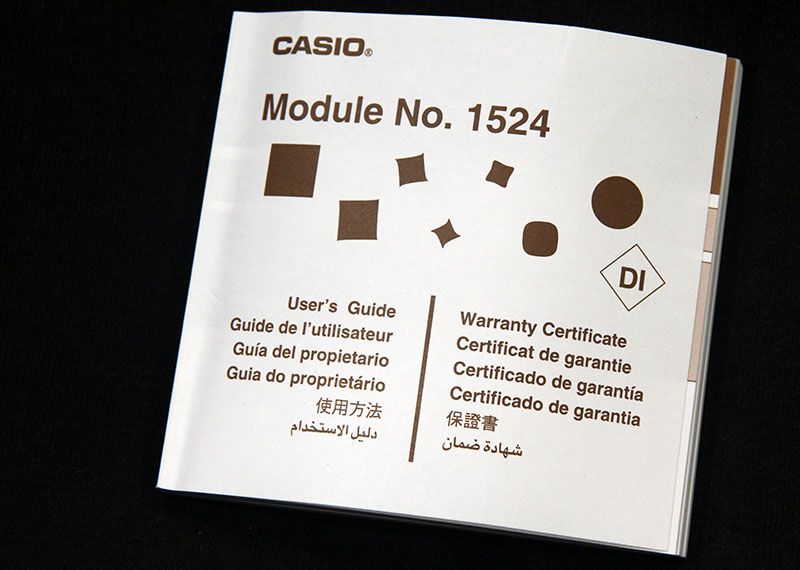



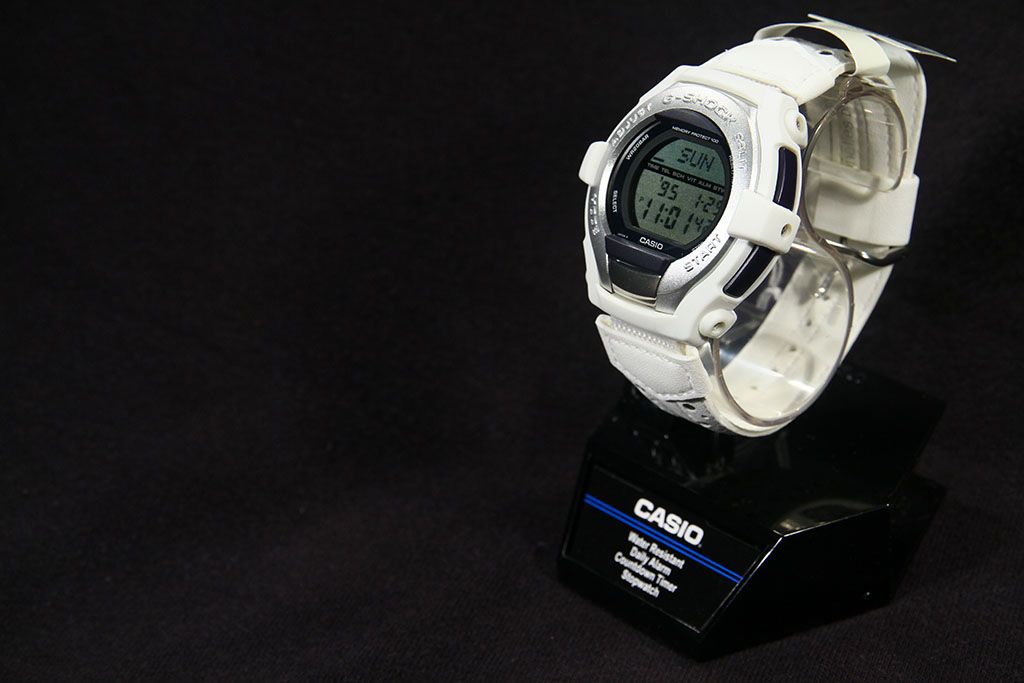
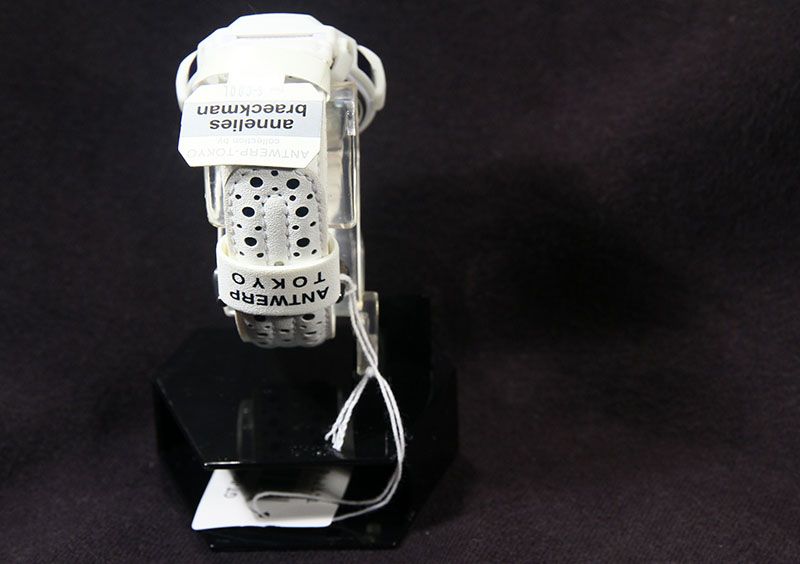
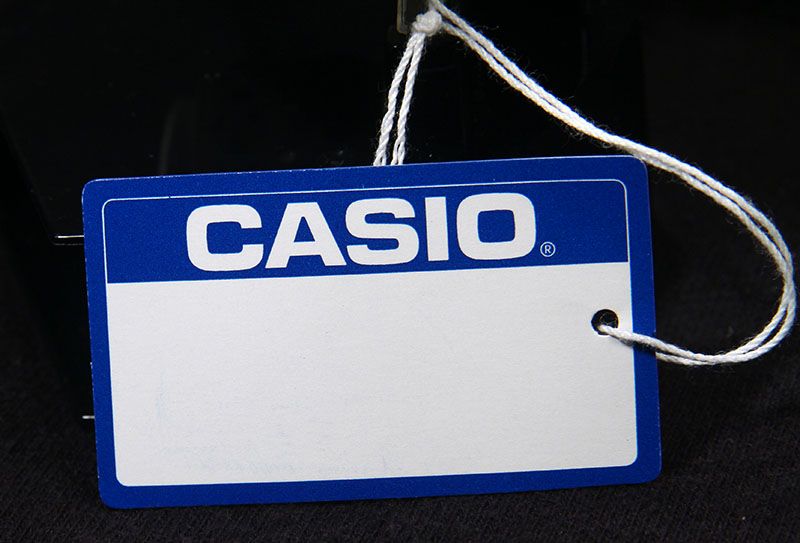
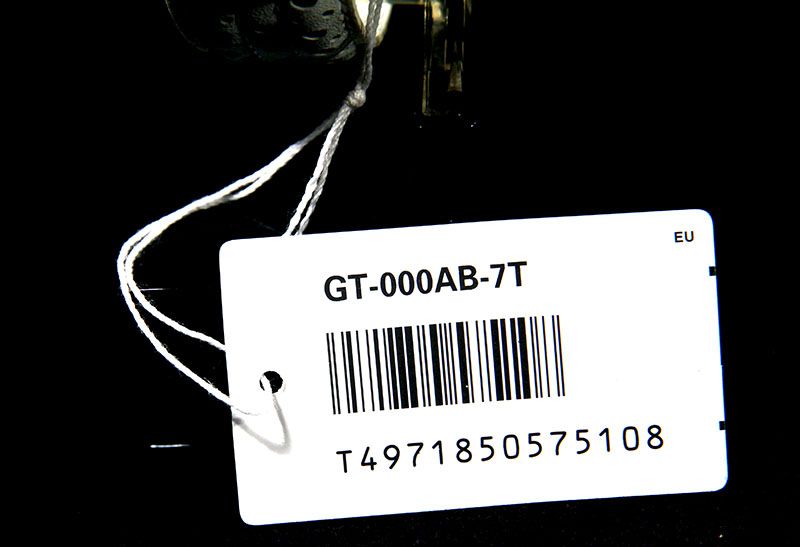
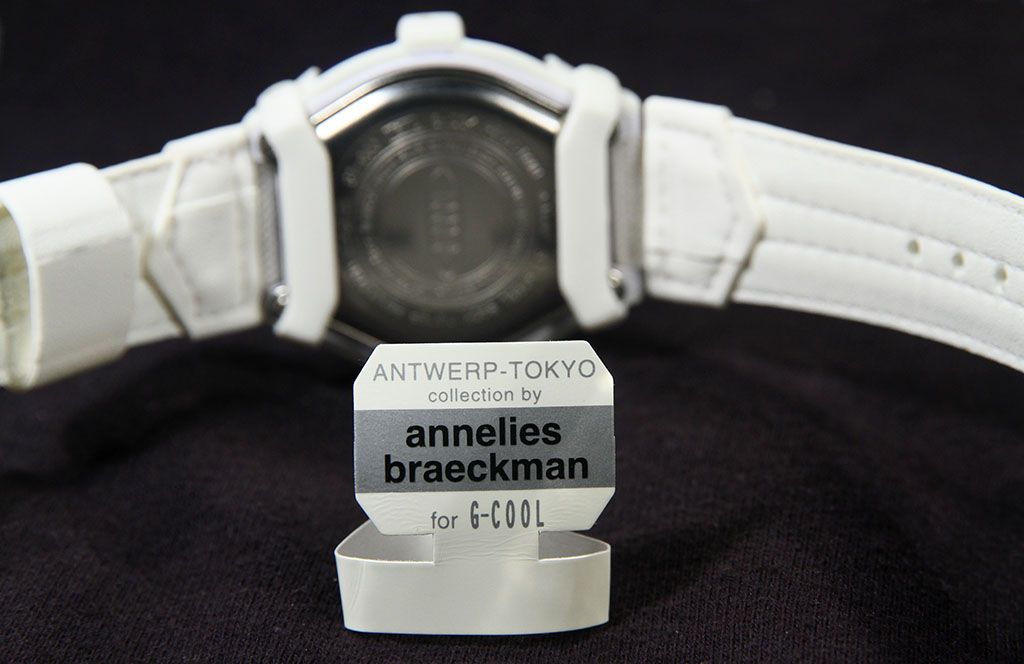
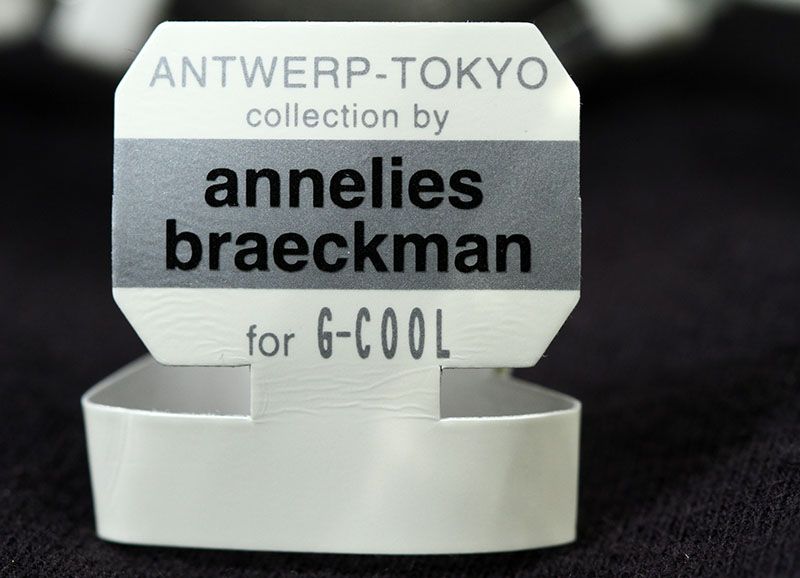
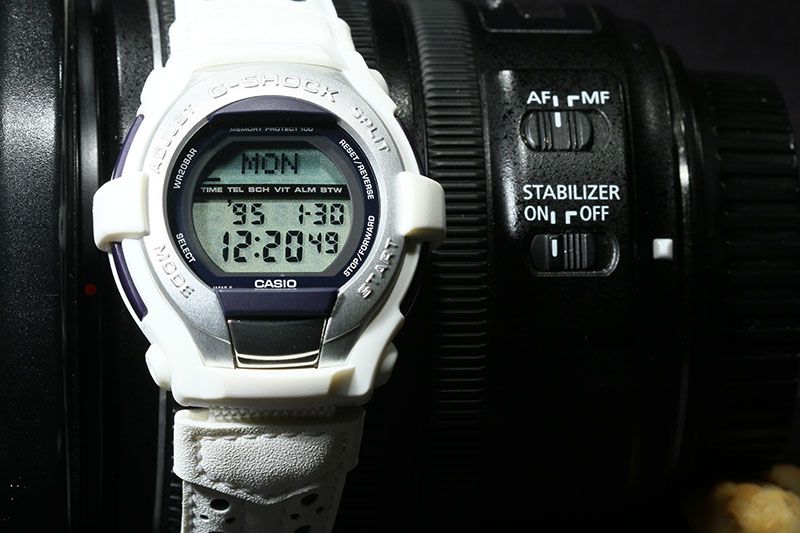




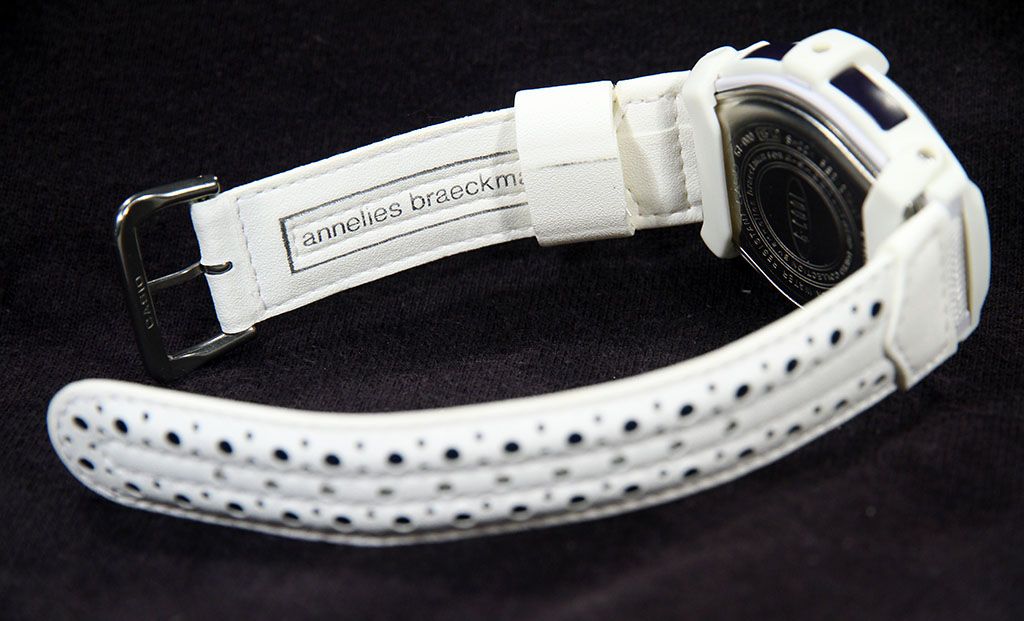
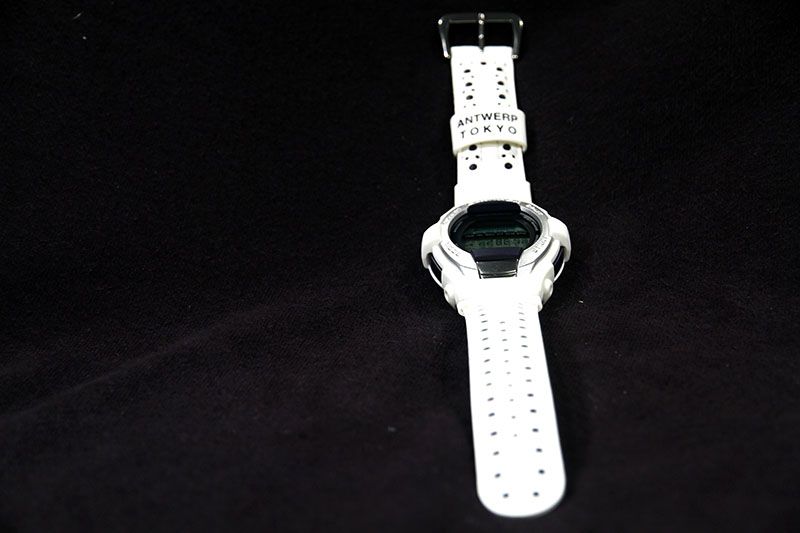
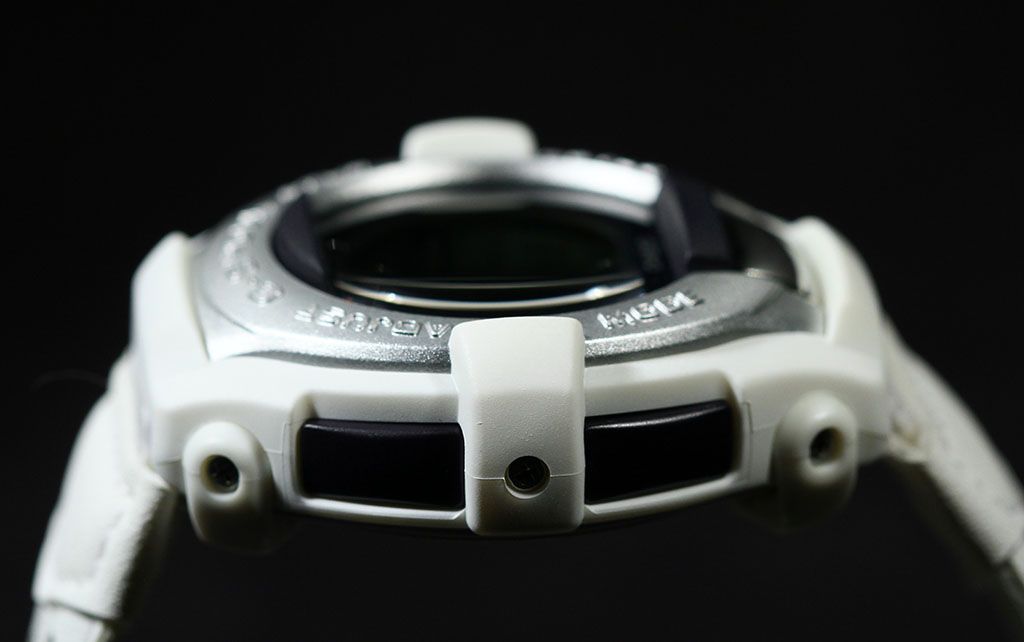


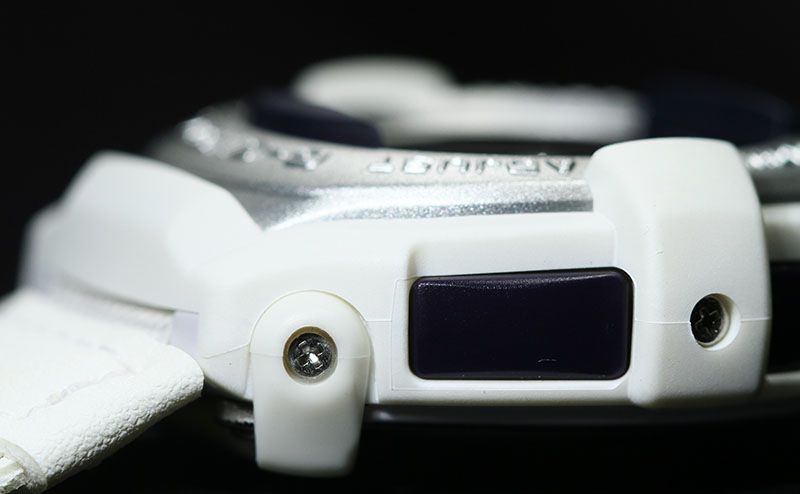
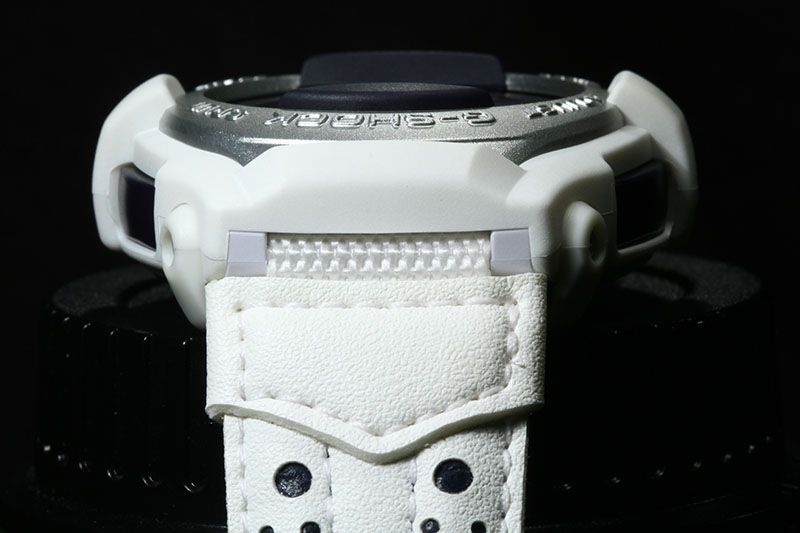
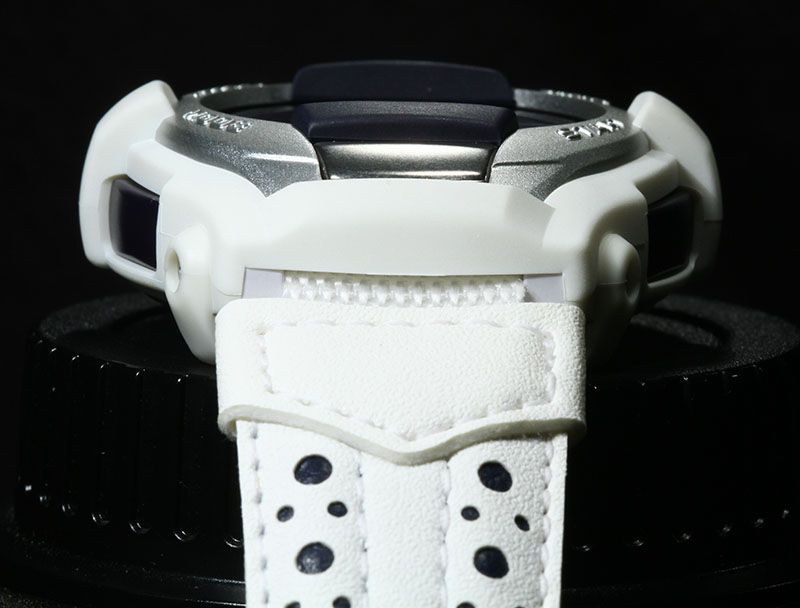

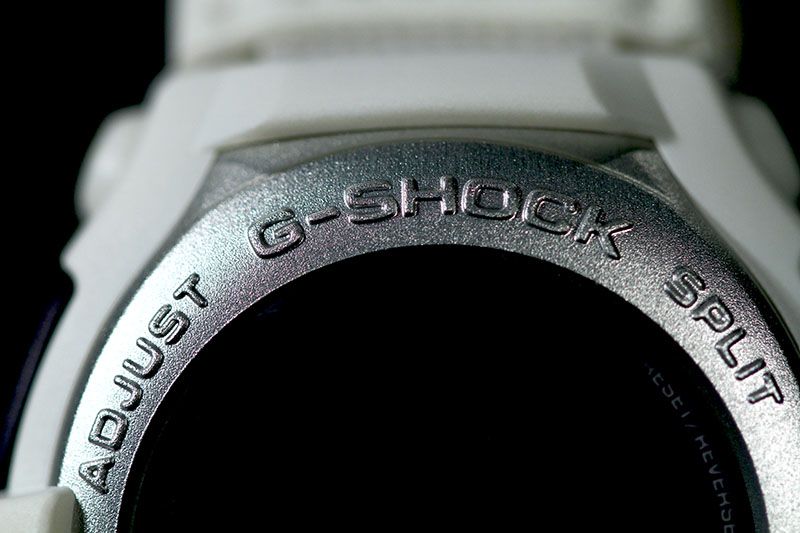
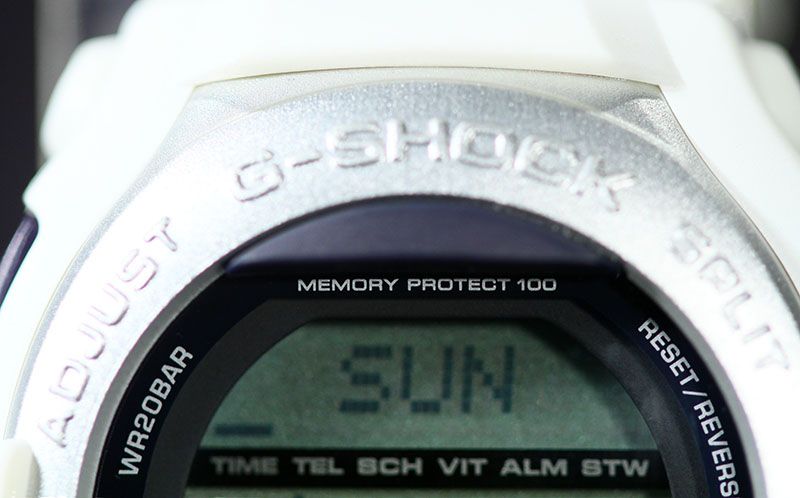
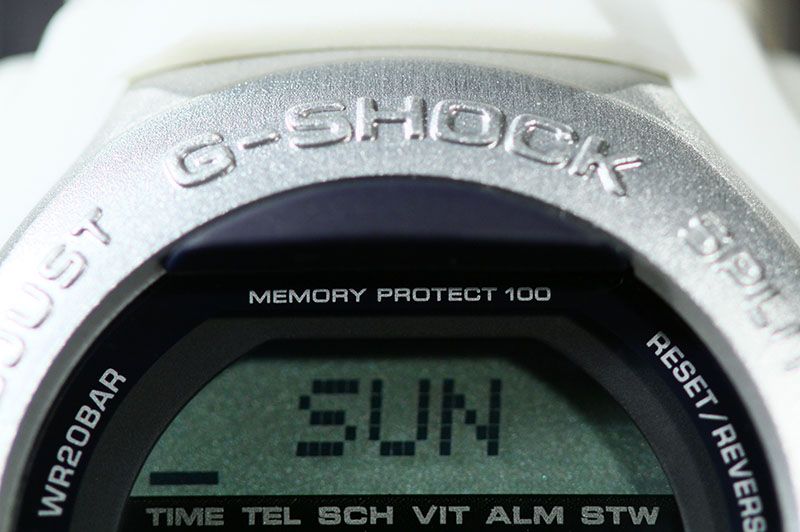
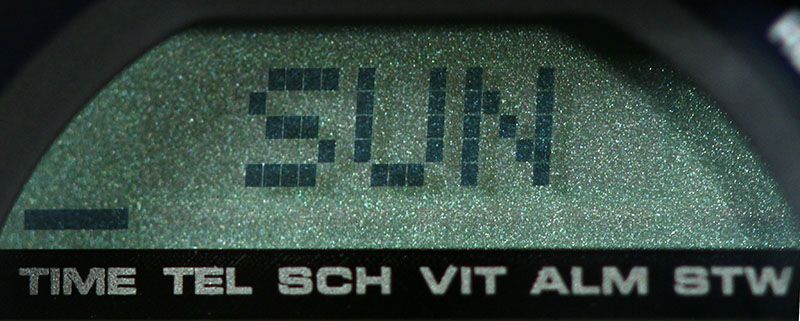
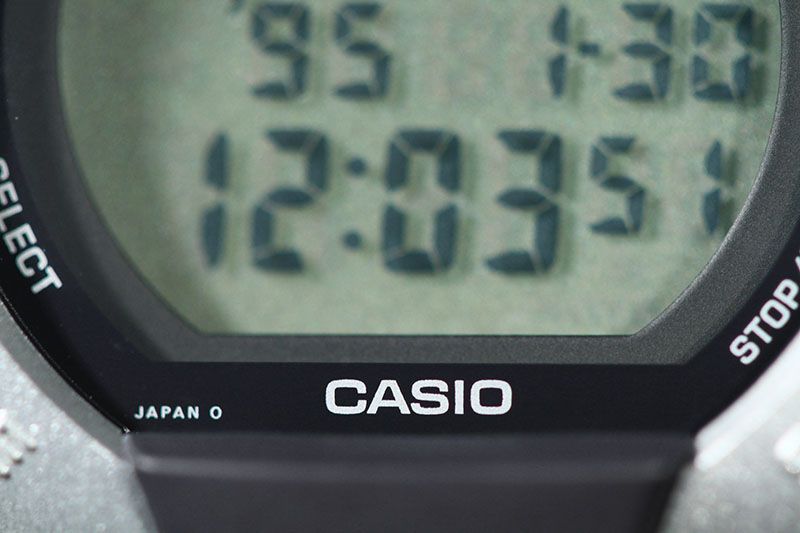
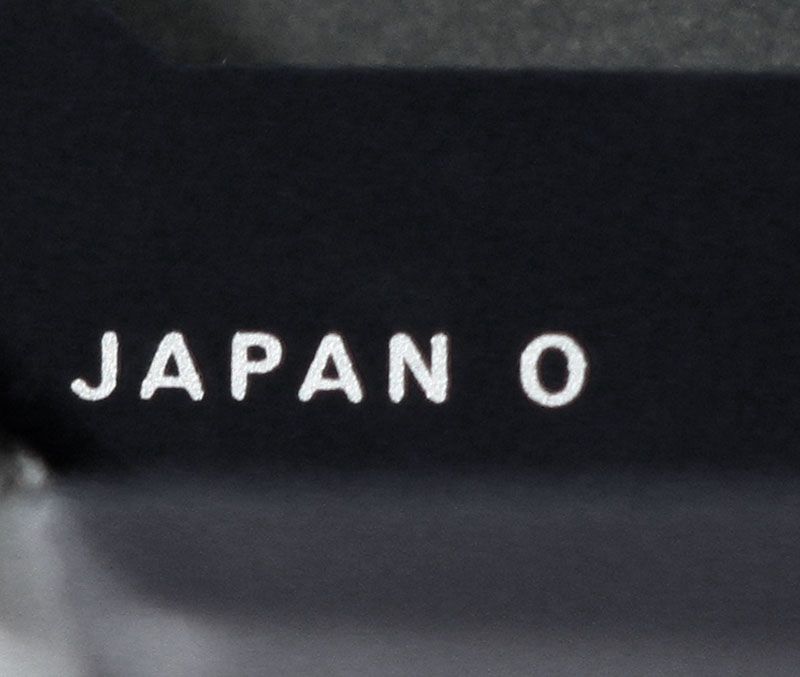
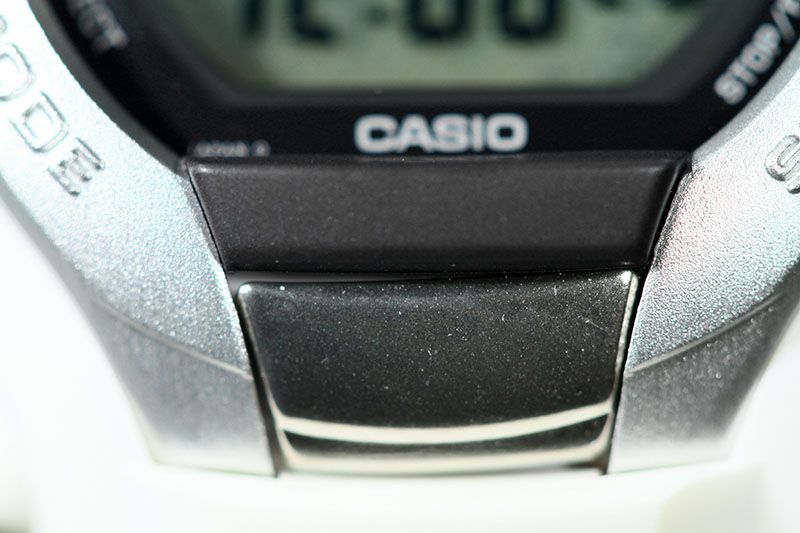






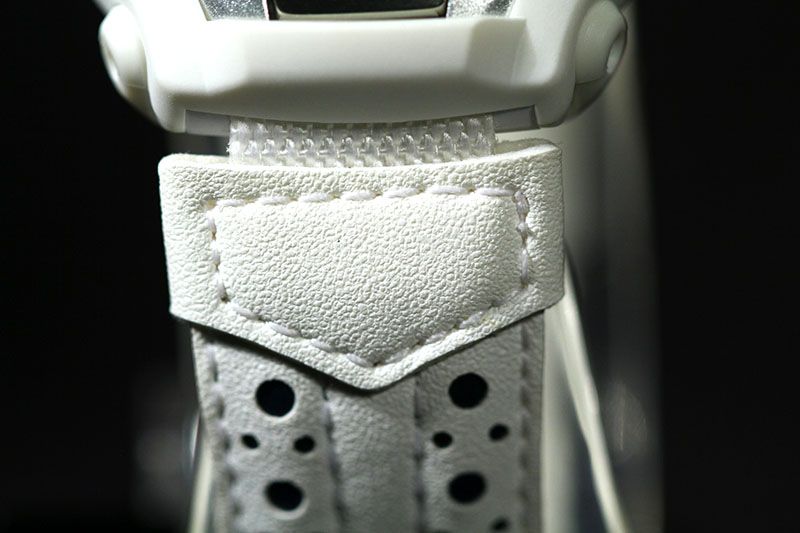
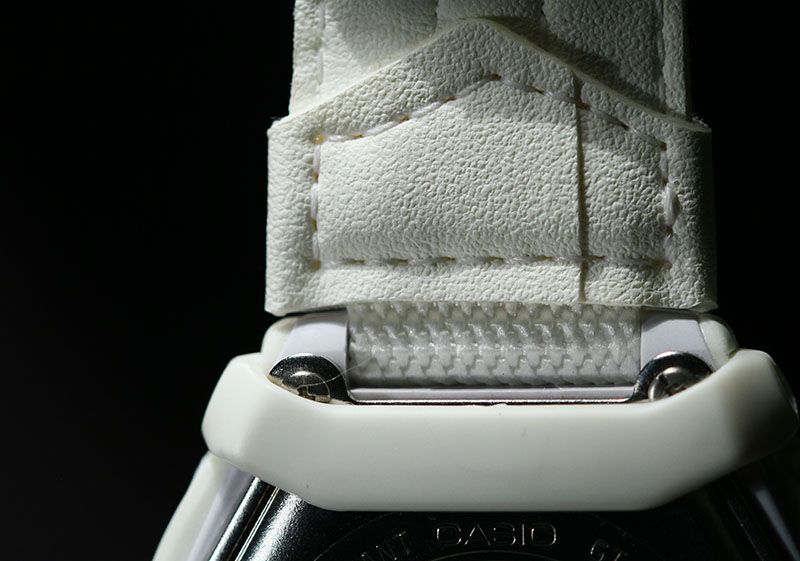

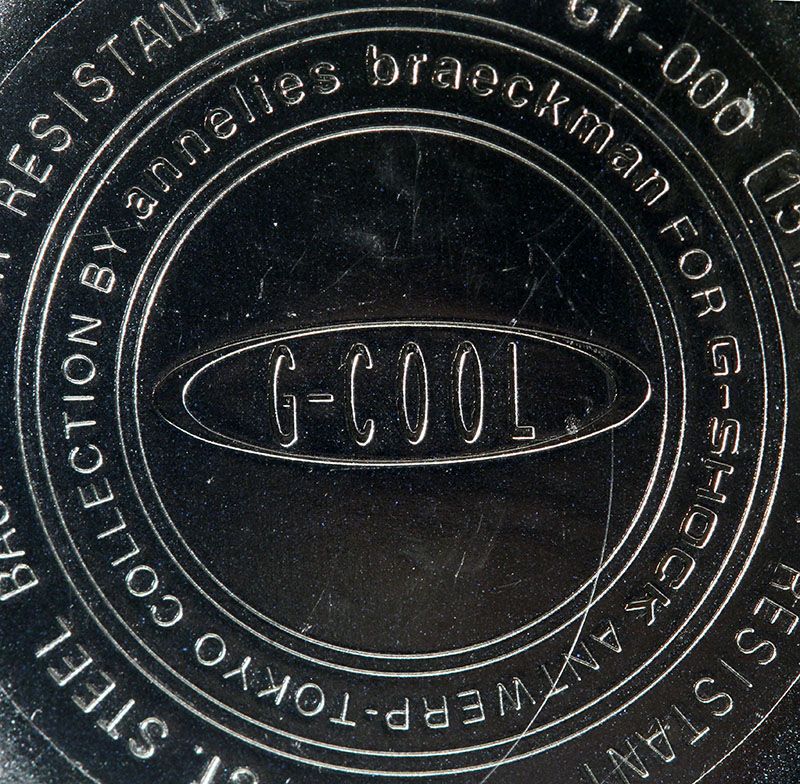
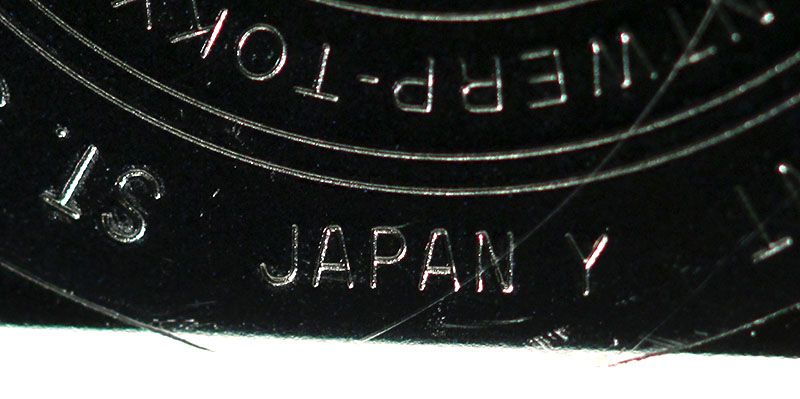
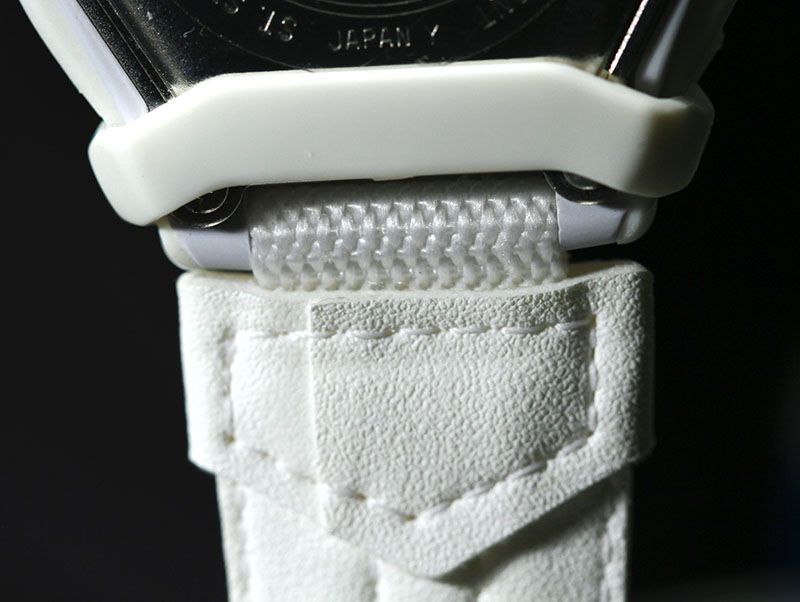
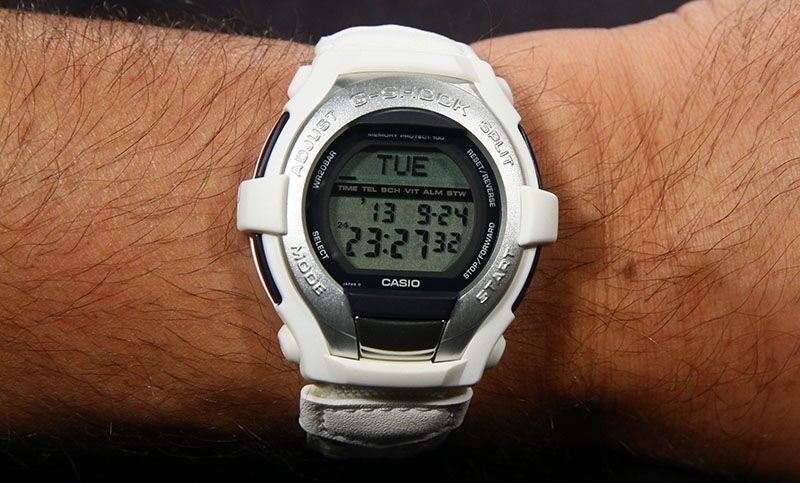
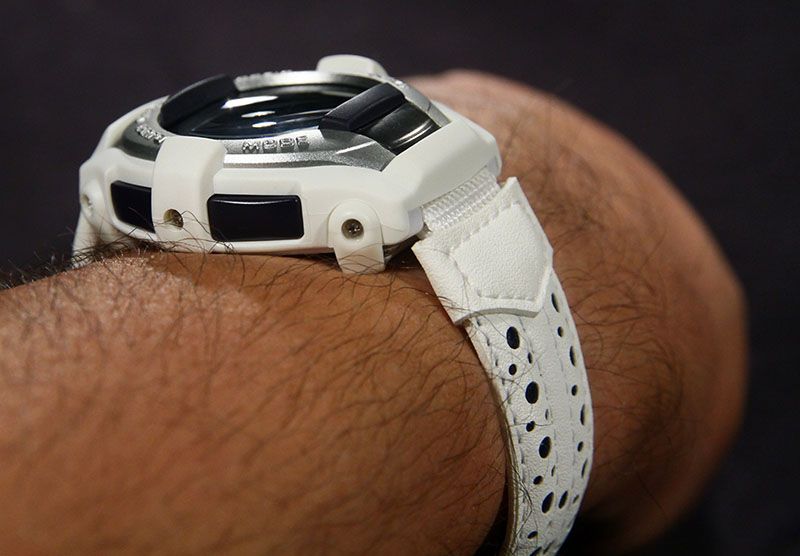
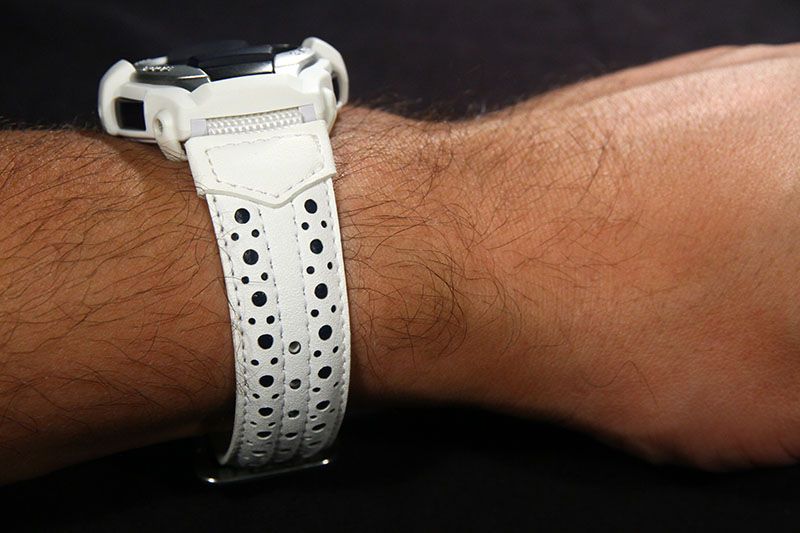
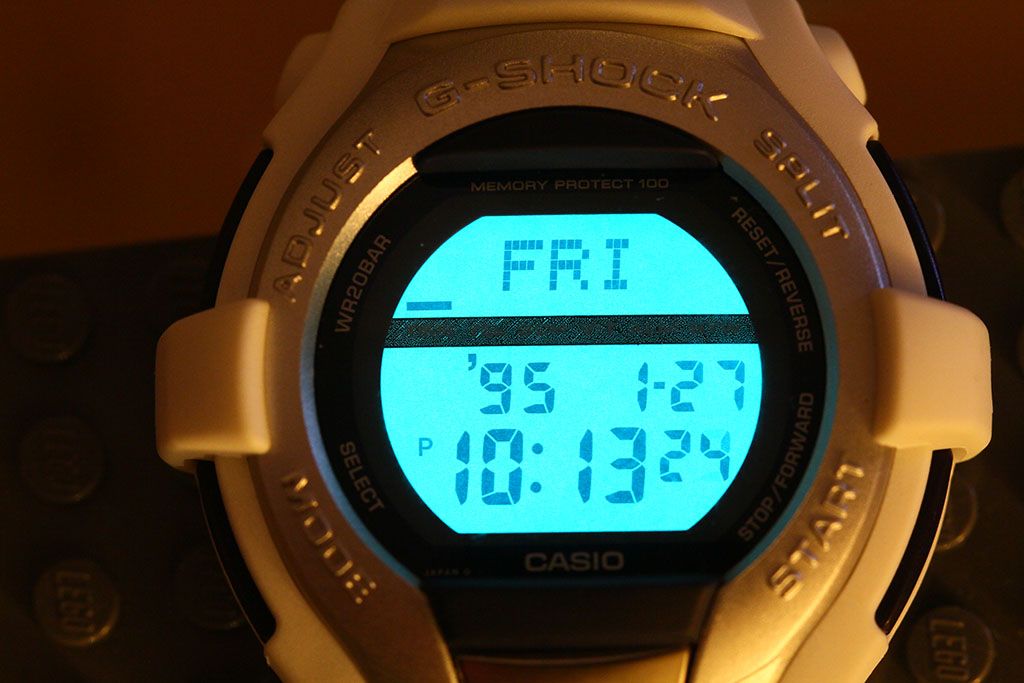

No comments:
Post a Comment